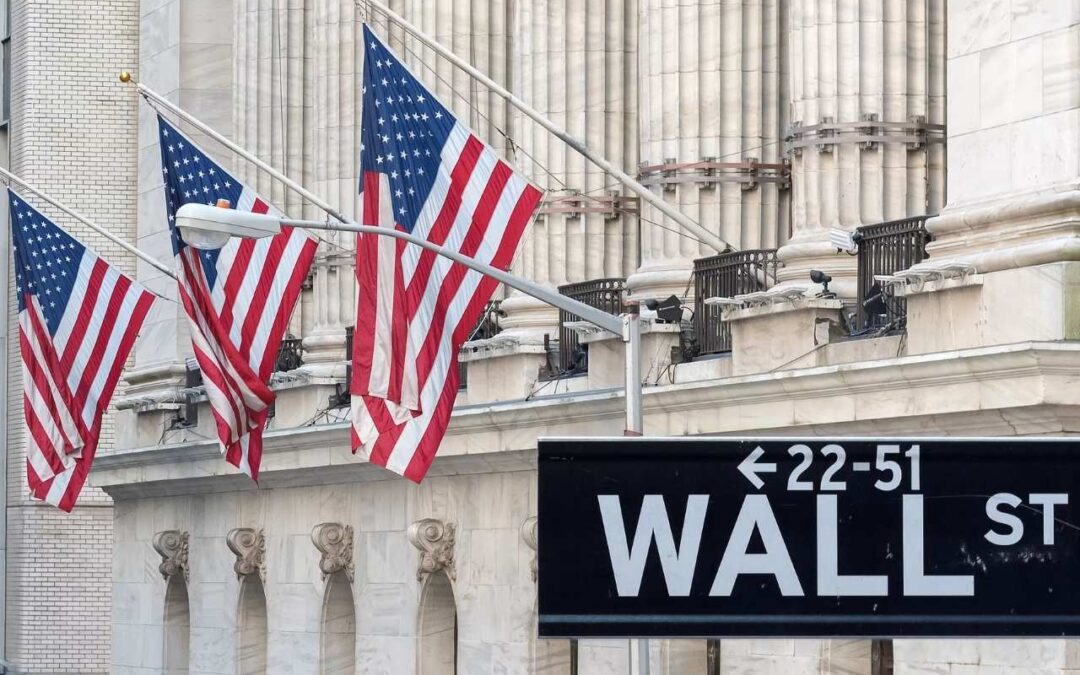The U.S. stock market continues to surge even as the economy faces deep uncertainty. Persistent inflation, a weakening job market, and the government shutdown haven’t slowed investor optimism. The S&P 500, Nasdaq and Dow Jones have repeatedly hit record highs this year, showing how resilient Wall Street remains.
Tuesday marked the market’s first decline in over a week, yet indexes rebounded on Wednesday with the Nasdaq leading gains. With more than 30 record closes already this year, investors appear confident that earnings strength and technology momentum can offset economic turbulence.
However, economists say the rally highlights the economy’s stark divide. “It points out the bifurcation of the economy,” said Steve Sosnick, chief strategist at Interactive Brokers. Wealthier households continue to grow richer as lower and middle-income families face rising pressure from inflation and stagnant wages.
AI Boom and Rate Cut Expectations
Artificial intelligence remains a key catalyst behind the market rally. Massive spending on AI infrastructure, such as new data centers, has fueled stock growth but created few jobs.
Analysts estimate that 2025 could rank among the weakest years for payroll gains this century. Carlyle Group’s internal data suggests the U.S. economy added just 17,000 jobs last month, reinforcing a slowdown already shown by ADP’s report.
Despite sluggish employment numbers, AI-driven spending has powered investor wealth. The “Magnificent 7” technology giants accounted for roughly two-thirds of the S&P 500’s 3.65% gain last month and nearly 41% of its 15% rise this year. As Sosnick noted, the economy’s shape now resembles a capital “K,” with tech and finance surging while the rest weakens.
Hopes for lower interest rates are also lifting sentiment. Investors expect the Federal Reserve to cut rates twice before year-end, odds now exceeding 80%. While some policymakers remain cautious about inflation, which recently hit 3.3% in the services sector, many see easing policy as essential for maintaining stability.
Shutdown Ripple Effects Hit Travel and Workers
The government shutdown has entered its eighth day, and its effects are spreading across critical industries. Air traffic control centers face staffing shortages, pushing pilots to use advisory radio frequencies dubbed aviation “chat lines” to coordinate takeoffs and landings themselves.
Major airports like Chicago, Boston, and Philadelphia have seen delays and even temporary closures. Nashville’s approach facility was shut for five hours on Tuesday night, forcing rerouted flights through Memphis. At Chicago O’Hare, reduced staffing led to ground delays of about 41 minutes, while other cities like Houston and Dallas are also facing disruptions.
Controllers, working without pay, are growing exhausted. Some have called in sick, worsening delays. The Federal Aviation Administration has warned of system-wide impacts, with more than 6,000 flight delays reported on Monday alone. Passengers are increasingly frustrated as travel times grow and no resolution appears close in Congress.
How is The Economy and Market Looking?
Even as travelers face chaos and workers feel the crunch, Wall Street’s mood remains upbeat. The Dow Jones continues to draw strength from a handful of technology and financial giants. Yet analysts warn the market’s base is narrowing. A downturn in AI-related stocks or another economic shock could trigger wider losses.
Recent concerns about Oracle’s financial capacity to meet chip purchase commitments from Nvidia sparked temporary market jitters. The incident reminded investors that the same handful of companies dominate stock performance.
Mark Zandi, Moody’s Analytics chief economist, cautioned that the economy feels “tenuous and vulnerable.” If one factor falters, he said, it might push the nation toward a downturn. For now, the stock market appears determined to look past every headwind, thriving even as Washington stands still.
Written By Fazal Ul Vahab C H


